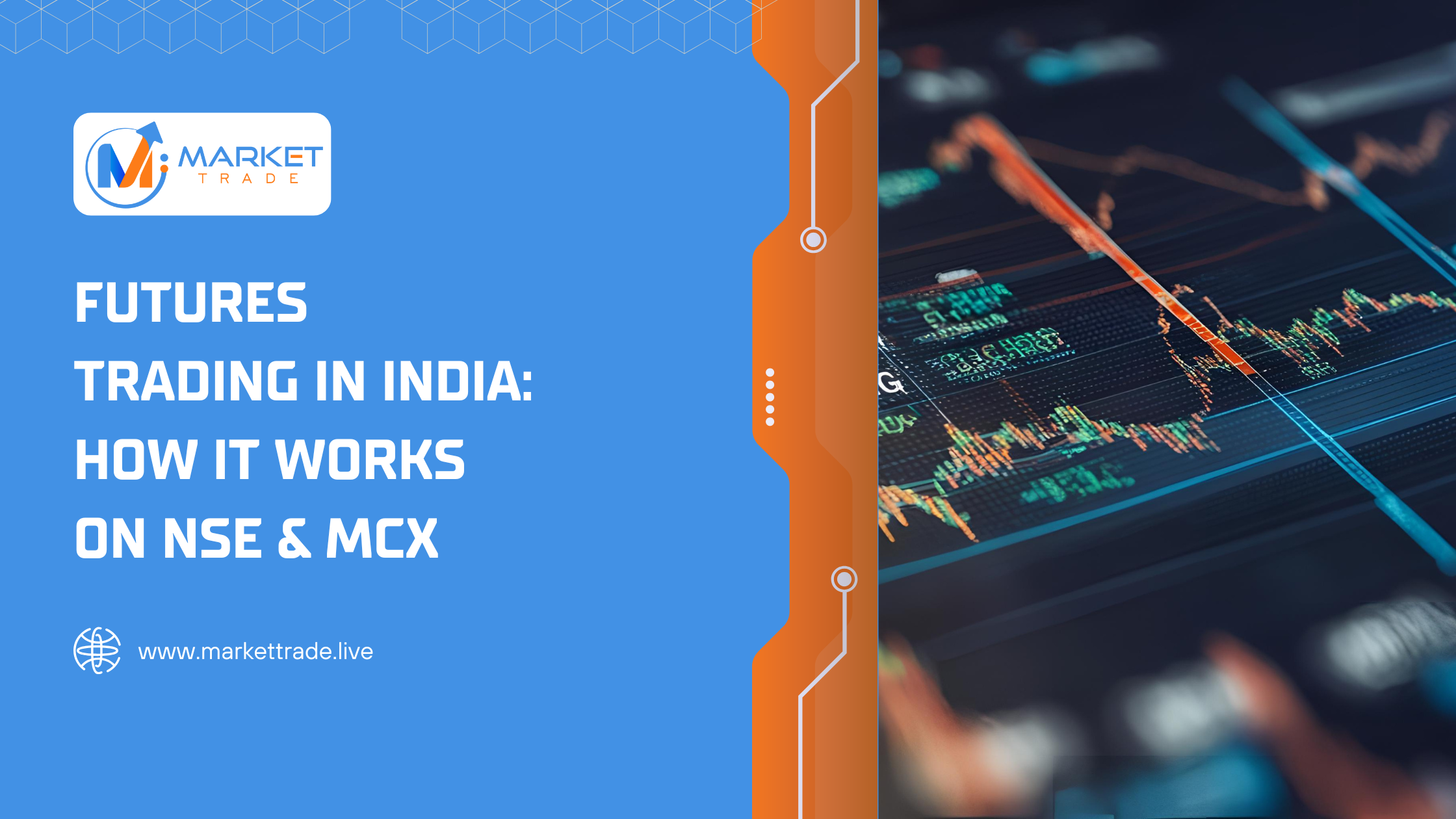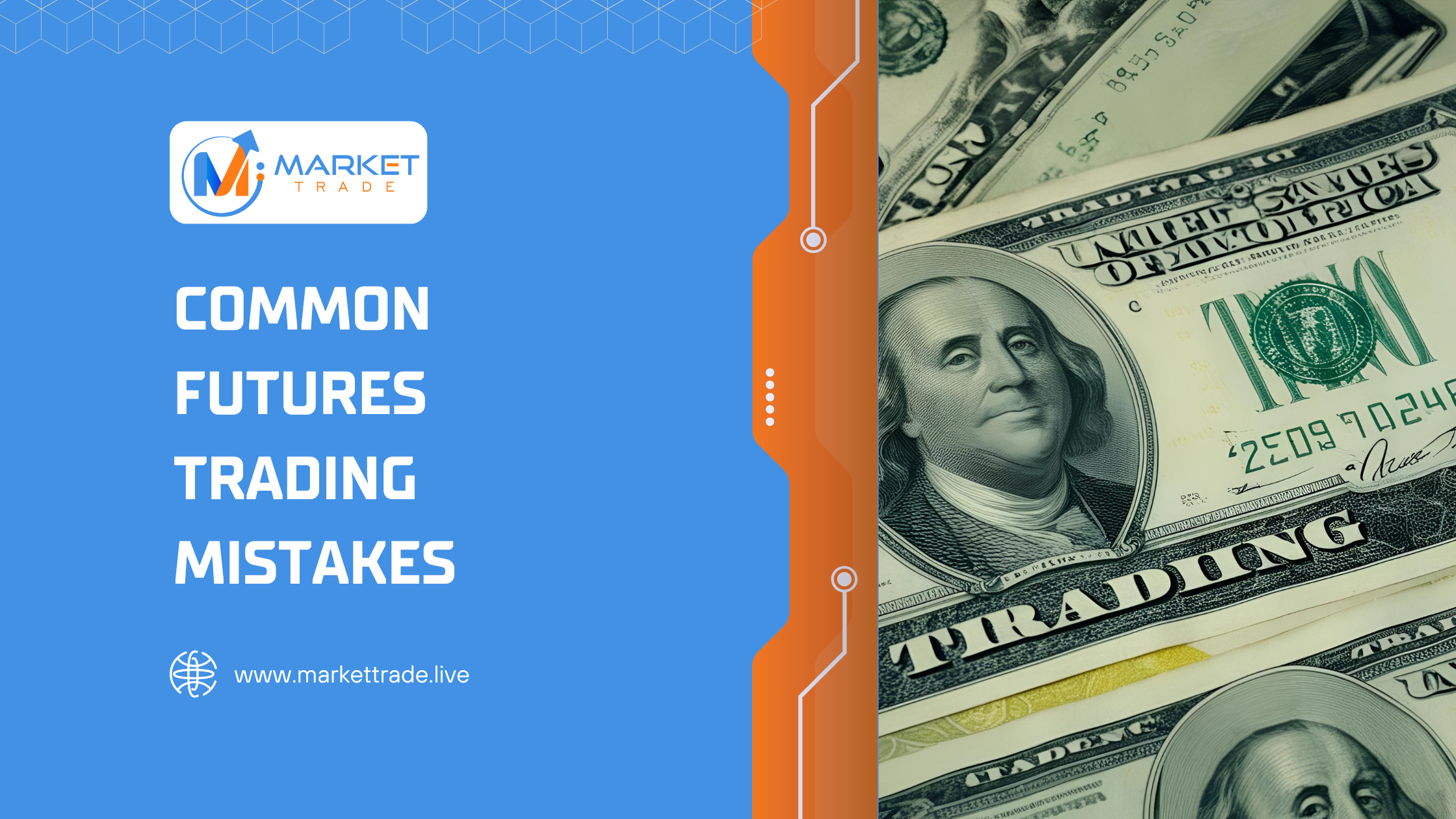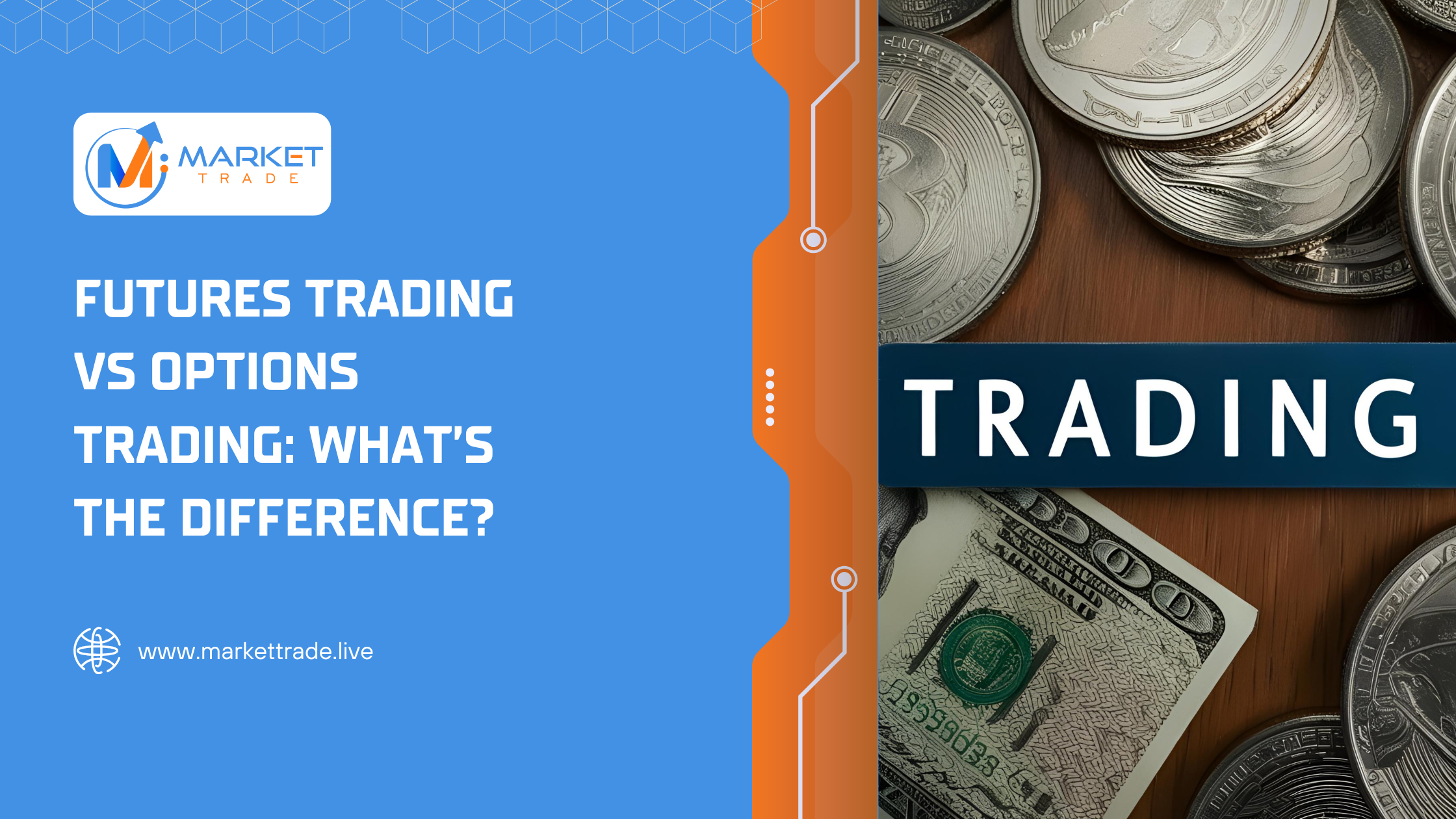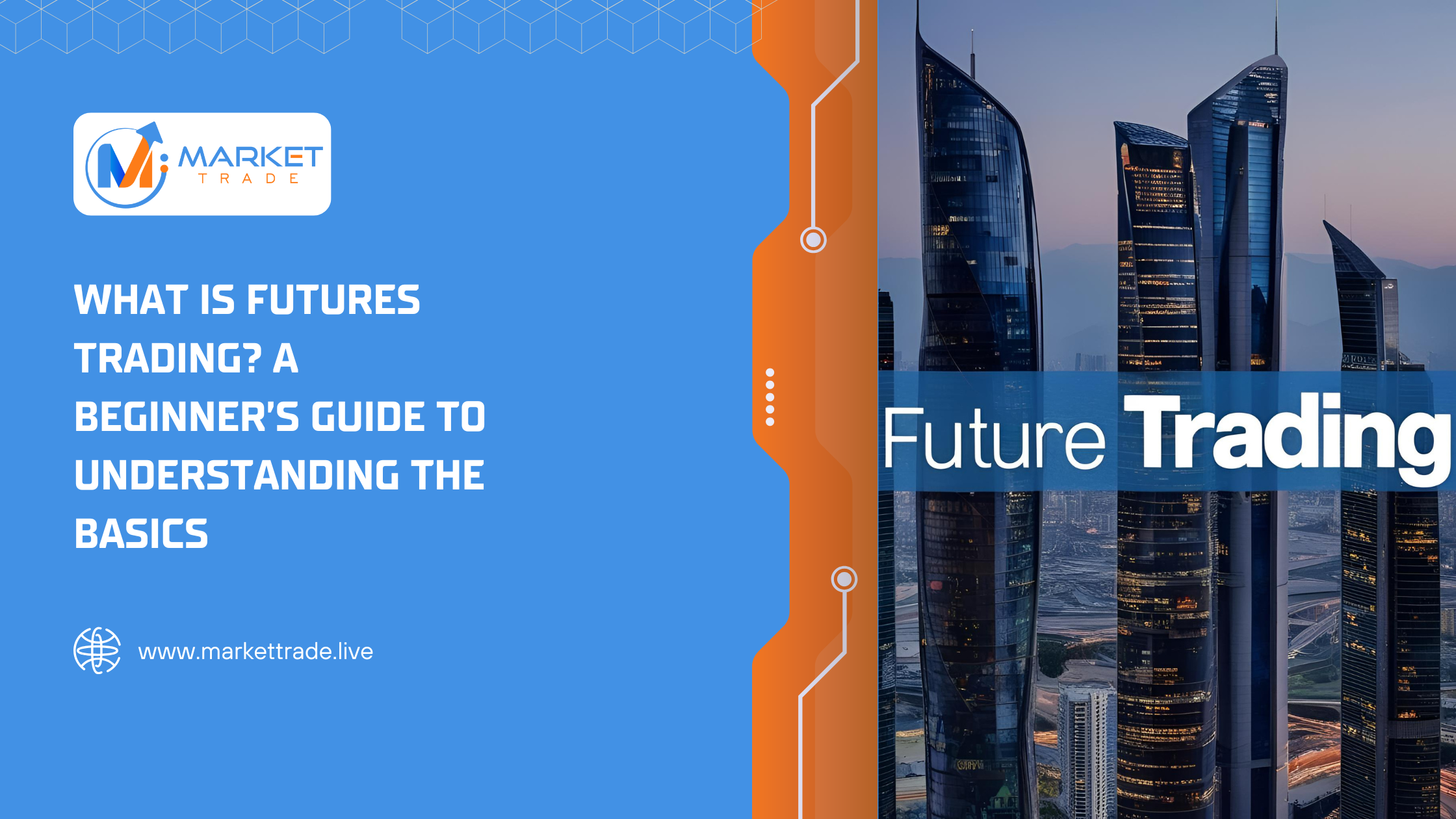
Futures trading is a way to buy or sell a financial asset at a fixed price on a future date. It’s like locking in a deal today for something you’ll buy or sell tomorrow. This helps traders and investors protect themselves from price fluctuations and even profit from them. In India, futures trading happens mostly on two major exchanges: NSE (National Stock Exchange) – where you can trade stock and index futures like Nifty, Bank Nifty, etc. MCX (Multi Commodity Exchange) – where you can trade commodity futures like gold, silver, crude oil, and more. Let’s break it all down so you can understand how it works—step by step. Futures Trading on NSE: Explained Simply The NSE offers futures contracts on: Stock indices like Nifty 50 and Bank Nifty Individual stocks such as Reliance, TCS, Infosys, etc. 💡 Example: Let’s say you think the Nifty 50 index will rise in the next month. You can buy a Nifty futures contract today. If the index goes up, you can sell the contract at a higher price and make a profit. If it falls, you incur a loss. ✅ Key Features: Lot size: Every futures contract has a fixed lot size (e.g., Nifty = 50 units). Expiry date: NSE futures expire on the last Thursday of every month. Margin trading: You don’t need full capital; you only pay a small percentage (margin). 💰 Futures Trading on MCX: Trading Commodities Made Easy The MCX is India’s largest platform for commodity futures trading. Here, you can trade in: Gold Silver Crude Oil Natural Gas Copper, and more 💡 Example: Suppose you believe crude oil prices will rise. You buy a crude oil futures contract today. If prices increase, you make a profit. If not, you may face a loss. ✅ Key Features: Lot sizes vary for each commodity (e.g., 1 lot of crude oil = 100 barrels). Expiry: Contracts expire monthly, but shorter durations may also be available. Trading hours: MCX is open from 9:00 AM to 11:30 PM, making it ideal for flexible trading. 🛠️ How to Start Futures Trading in India Step 1: Open a Trading & Demat Account You need an account with a SEBI-registered broker. Make sure your broker offers access to both NSE and MCX if you want to trade both financial and commodity futures. Step 2: Understand Margin Requirements Your broker will tell you how much margin you need to deposit to open a position. This changes based on market volatility. Step 3: Choose Your Contract Pick the asset you want to trade – stock, index, or commodity – and decide if you want to go long (buy) or short (sell). Step 4: Place Your Order Execute your trade through your broker’s platform. You can set a stop-loss to control your risk. Step 5: Monitor or Square Off You can hold your position until expiry or exit earlier by taking the opposite position (buy/sell). 🧠 Tips for Beginners 📚 Start Small: Don’t invest large amounts at first. Begin with one or two contracts. 📉 Use Stop-Loss Orders: These help you limit losses automatically. 🧮 Track Margins: Keep an eye on margin calls and maintain enough balance in your account. 📊 Stay Informed: Follow news, technical charts, and expert analysis. ⚖️ NSE vs MCX – Which One is Right for You? FeatureNSEMCX Assets Traded Stocks & Indices Commodities Volatility Moderate High in some commodities Trading Hours 9:15 AM – 3:30 PM 9:00 AM – 11:30 PM Ideal for Equity Traders Commodity Enthusiasts 🔚 Final Thoughts Futures trading in India is a powerful way to participate in markets beyond just buying and holding. Whether you’re interested in stocks, indices, or commodities, the NSE and MCX give you the tools to trade with flexibility and strategy.






